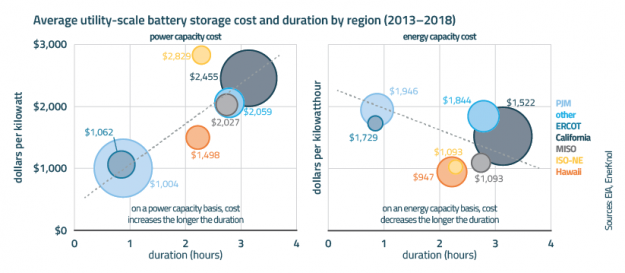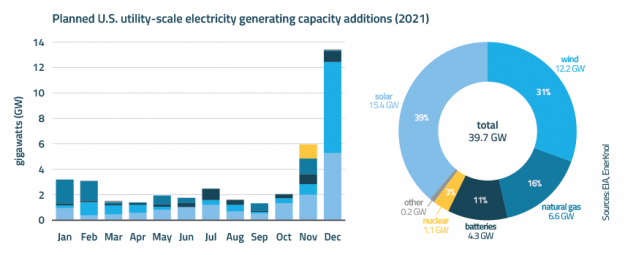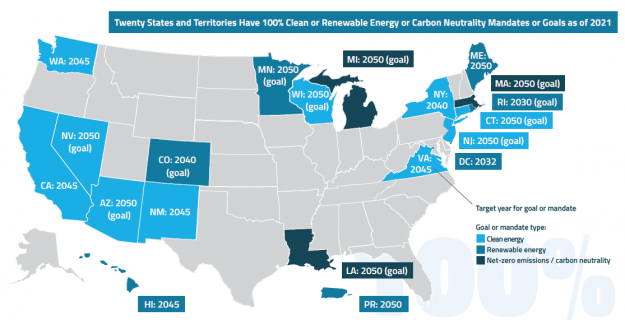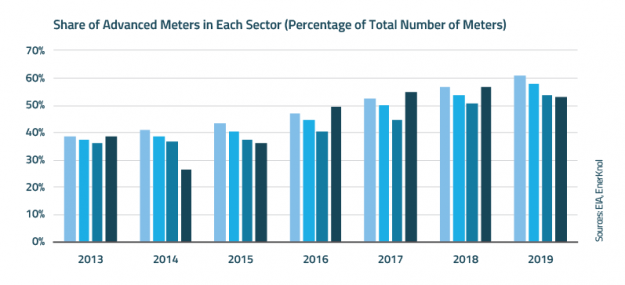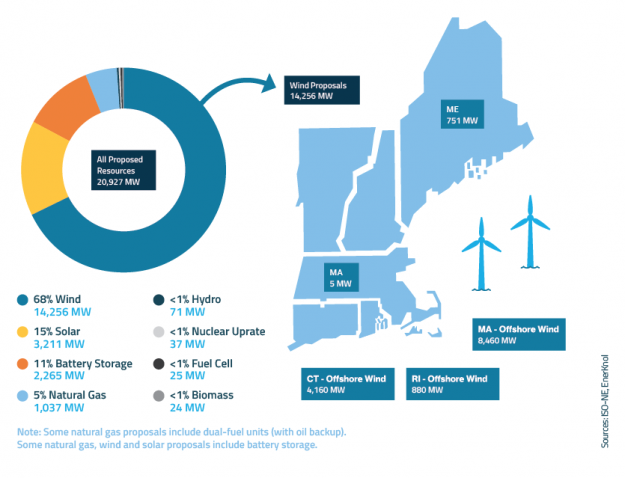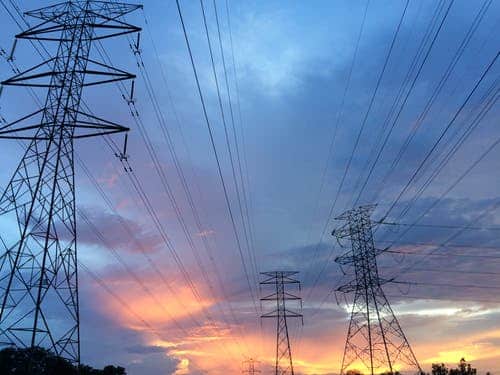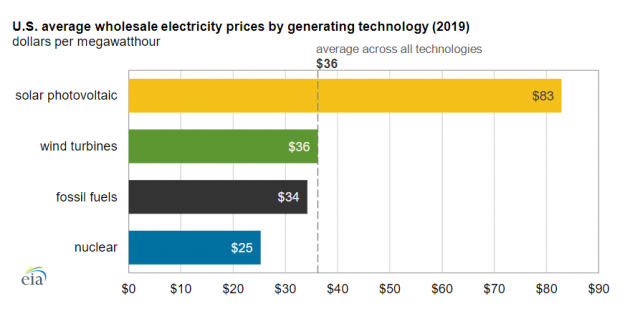Policy Primer: Energy Storage Gains Prominence to Foster Grid Reliability
Energy storage initiatives are moving forward at a swift pace to complement clean energy policies as batteries can facilitate the integration of diverse generation technologies and address grid stability. With improving economics, there is a growing discussion on the role of energy storage as a grid asset to foster reliability and optimize renewables to meet ambitious clean energy goals.
